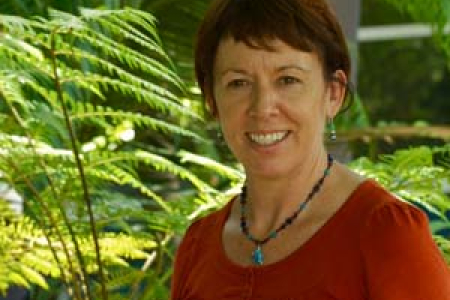Research provides insights into Darwin beach closure mystery
Researchers from Charles Darwin University have discovered the potential sources behind the dry season closures of some Darwin beaches on several occasions in 2010 and 2011 due to elevated E. coli levels.
The team from the Research Institute for the Environment and Livelihoods advanced the study of microbial source tracking by developing new techniques using next generation sequencing tools and applying these techniques in the tropics for the first time.
Microbiologist Dr Matthew Neave said that because of the complexity of the potential sources where contamination could have originated, conventional water quality tests would not work in this case.
“Water quality testing of recreational beaches has traditionally been based on counts of Escherichia coli (E. coli) or enterococci, and their presence was taken to indicate sewage contamination,” Dr Neave said. “With conventional tests, even if the test is positive, we do not know if the contamination is environmental or human faecal derived. This is important because waters contaminated with human-derived effluent generally contain more human-specific pathogens.”
Dr Neave and the team from RIEL, led by Professor Karen Gibb, developed a technique specific for this case using microbial source tracking.
“Microbial source tracking involves identifying genetic fingerprints from microbes in the environment including E. coli, and enterococci, so we can identify the source,” Professor Gibb said. “We sampled sewage outfalls and other potential inputs such as urban rivers and drains, and surrounding beaches.
“We discovered that the now closed sewage effluent outfall (Larrakeyah discharge) was a source of bacteria, including faecal bacteria that impacted nearby beaches.
“Two other treated effluent discharges did not appear to influence sites. Several beaches contained faecal indicator bacteria that likely originated from urban rivers and creeks within the catchment. It appeared that most of the bacterial contamination on Darwin beaches was confined to local sources.”
Dr Neave said the research also yielded useful indicator bacteria for future research.
“We now have a multifaceted approach we can use to track accurate sources of contamination on Darwin beaches,” he said. “Practical and accurate microbial source tracking techniques are extremely valuable for resource managers, particularly in rapidly expanding tropical population centres.
“This research also has the potential to uncover new markers for this area and other tropical regions.”
The full research article entitled: "Multiple Approaches to Microbial Source Tracking in Tropical Northern Australia" was published in MicrobiologyOpen. To view full article visit: http://onlinelibrary.wiley.com/doi/10.1002/mbo3.209/full
This research was funded by the NT Department of Land Resource Management, the City of Darwin and the NT Department of Health, Environmental Health Branch. Essential in-kind support was provided by the PowerWater Corporation and CDU’s Environmental Chemistry and Microbiology Unit.
